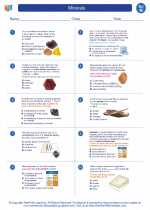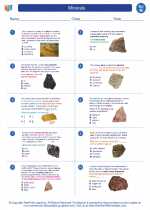Solar Radiation
Solar radiation refers to the energy emitted by the sun in the form of electromagnetic waves. This energy is essential for life on Earth and drives various natural processes, including the water cycle, photosynthesis, and climate patterns. Understanding solar radiation is crucial for various scientific fields, including astronomy, meteorology, and energy production.
Types of Solar Radiation
There are three main types of solar radiation:
- Visible Light: This is the part of solar radiation that is visible to the human eye, and it is the primary source of light and heat on Earth.
- Ultraviolet (UV) Radiation: This type of solar radiation is invisible to the human eye and can have both positive and negative effects on living organisms, including the production of vitamin D in humans and the potential for skin damage.
- Infrared Radiation: This type of radiation is felt as heat and is important for maintaining Earth's temperature and climate.
Effects of Solar Radiation
Solar radiation has several important effects on Earth, including:
- Photosynthesis: Solar radiation is essential for the process of photosynthesis in plants, where it is converted into chemical energy to fuel plant growth.
- Climate and Weather: Solar radiation drives atmospheric circulation, which in turn influences weather patterns and climate systems.
- Energy Production: Solar radiation is harnessed for solar power generation through technologies like solar panels and solar thermal systems.
- Heating and Lighting: Solar radiation provides heat and light for various natural and human-made systems, including heating the Earth's surface and providing daylight for ecosystems and human activities.
Measuring Solar Radiation
Scientists use various instruments to measure solar radiation, including pyranometers for measuring total solar irradiance, and spectroradiometers for analyzing the distribution of solar radiation across different wavelengths.
Study Guide
To study solar radiation effectively, consider the following key points:
- Understand the electromagnetic spectrum and how solar radiation fits within it.
- Learn about the different types of solar radiation and their effects on Earth's systems.
- Explore the role of solar radiation in energy production and climate patterns.
- Review the technologies used to measure and harness solar radiation.
- Consider the potential future developments and applications of solar radiation research and technologies.









